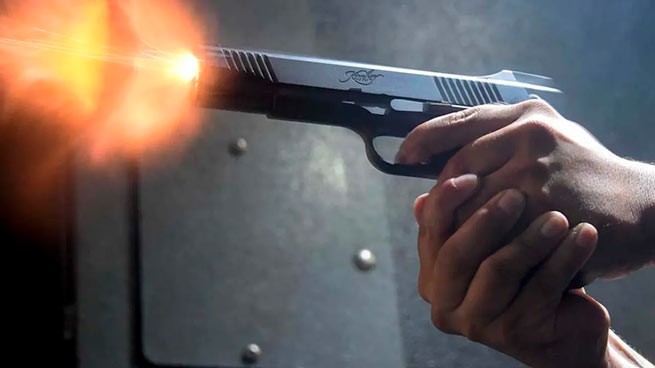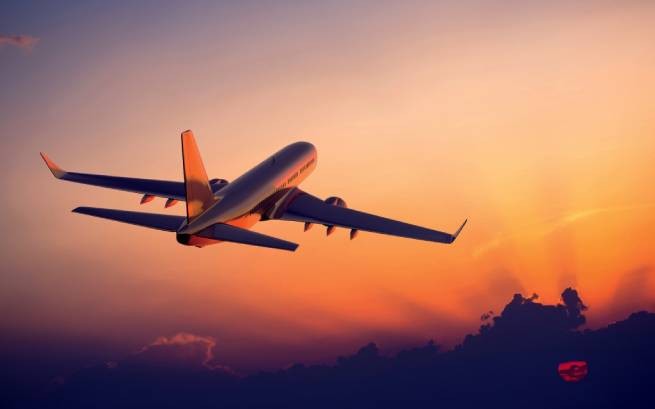Why is it necessary to follow flight safety rules that at first glance seem excessive and “far-fetched”. For example, why should the curtain on the window be open or the lights in the cabin dimmed?
Experts explain that each of these rules is justified and based on important safety measures. Pre-flight safety briefings are a real headache for the crew, because many passengers openly ignore them. Maybe after this article you will be more attentive to these requirements.
Why should the seat be in an upright position during takeoff and landing?
Let’s start with the fact that a rapidly unfolding chair in front of the person sitting is a sign of his bad manners. Especially when this happens unexpectedly, immediately after landing. But the point, of course, is not only that.
Airline employees explains Euronews is asking passengers to keep their seats upright during take-off and landing, as this is when you are most likely to encounter an emergency and have little time to prepare to deal with it. In the event of an emergency landing or evacuation, keeping your seat upright will help the people sitting behind you to quickly leave their seats.
Likewise, if you fold your table and give your tray to the flight attendant, this will clear the way for you and other passengers in your row. This is why you are also asked to place small luggage under the seat in front of you.
Why open the curtain on the window?
A window that is not covered by a curtain will help you spot danger from outside the plane. Why during takeoff and landing? These phases of flight are the most dangerous, and opening the curtains allows flight attendants and passengers to immediately spot any problems (such as an engine fire) and alert the pilots in the cockpit. In the event of an emergency evacuation, open curtains allow the crew to see whether the exit is safe to use, and for employees outside to assess the situation in the cabin. An unblinded window also allows the eyes to adapt to outside light, which improves visibility during an evacuation.
Dimmed light in the cabin
Why do they dim the lights before takeoff and landing? In the event of an emergency landing, the plane may plunge into darkness. Safety and Emergency Procedures Instructor Jodie Jarvis explains:
“The lights are dimmed to aid night vision in the event of an evacuation. If the crew and passengers get used to the low light, they will see better and be able to evacuate the aircraft more quickly.”
Brace position – when to use it
Often in flight safety videos, you can see the position of the brace that should be taken at the direction of the crew: to do this, you need to lean forward with your feet on the floor, bring your head as close as possible to the surface on which it can hit – usually the seat in front – and place your hands on both sides of the head. Jodi explains:
“This position is used during an emergency landing, primarily to prevent inertial injuries that result from rapid acceleration or deceleration of the brain.”
During turbulence, the bracket position does not need to be taken unless it is very strong. Jodi says:
“You’ll know you need to take action because the flight attendants will start yelling, ‘brace position!’ brace! brace!” or you will instinctively feel the need to protect your head and lean forward.”
During turbulence, you should fasten your seat belt. There is no need to place the chair upright or remove the tray table as evacuation is not expected, but it is necessary to secure liquids that may spill or objects that may fall.
Phone in airplane mode
Until 2013, mobile phones were required to be completely switched off during takeoff and landing. Then this requirement was relaxed, and now phones can be turned on in airplane mode. This rule was originally put in place because phone signals could interfere with radio signals and intercom communications with air traffic control.
After extensive testing, the flight systems were designed to mitigate this threat. However, since airlines prefer to play it safe, the requirement still remains in force. It is possible that new untested technologies may still have an impact on the behavior of the aircraft, so passengers are advised to adhere to the “flight mode” rule for safety reasons.
Don’t grab your luggage during an emergency evacuation
Besides the obvious need to evacuate as quickly as possible, usually within 90 seconds, there are other reasons why you shouldn’t grab your bag or other items during an emergency on an airplane. Jodi explains:
“During an evacuation, your bag can take up space that could be used by another person, its straps can cause you to get tangled, trip, hit someone, puncture or damage the inflatable slide.”
Passengers wearing high heels during emergency evacuation are also asked to remove their shoes – due to the same risk of puncturing the ramp. But of course, you shouldn’t wear flip-flops or flip-flops on a flight either – these are not the most comfortable shoes in case of evacuation.
Let us remind you that yesterday there were two planes collided in the sky over Tokyo. Coast Guard aircraft that was supposed to deliver food to areas affected by powerful earthquake near the Noto Peninsula in Ishikawa Prefecture, collided with a Japan Airlines passenger jet as it landed on the runway shortly before 6 p.m. local time on Tuesday. There were almost 400 passengers on board the plane, all of them were evacuated safely.







More Stories
Who likes an adventure holiday?
Identification of Ukrainian pensioners-2024: 4 ways to avoid being left without money
Almost 6 out of 10 Greeks watch TV or videos on the Internet. How are things going in Europe?